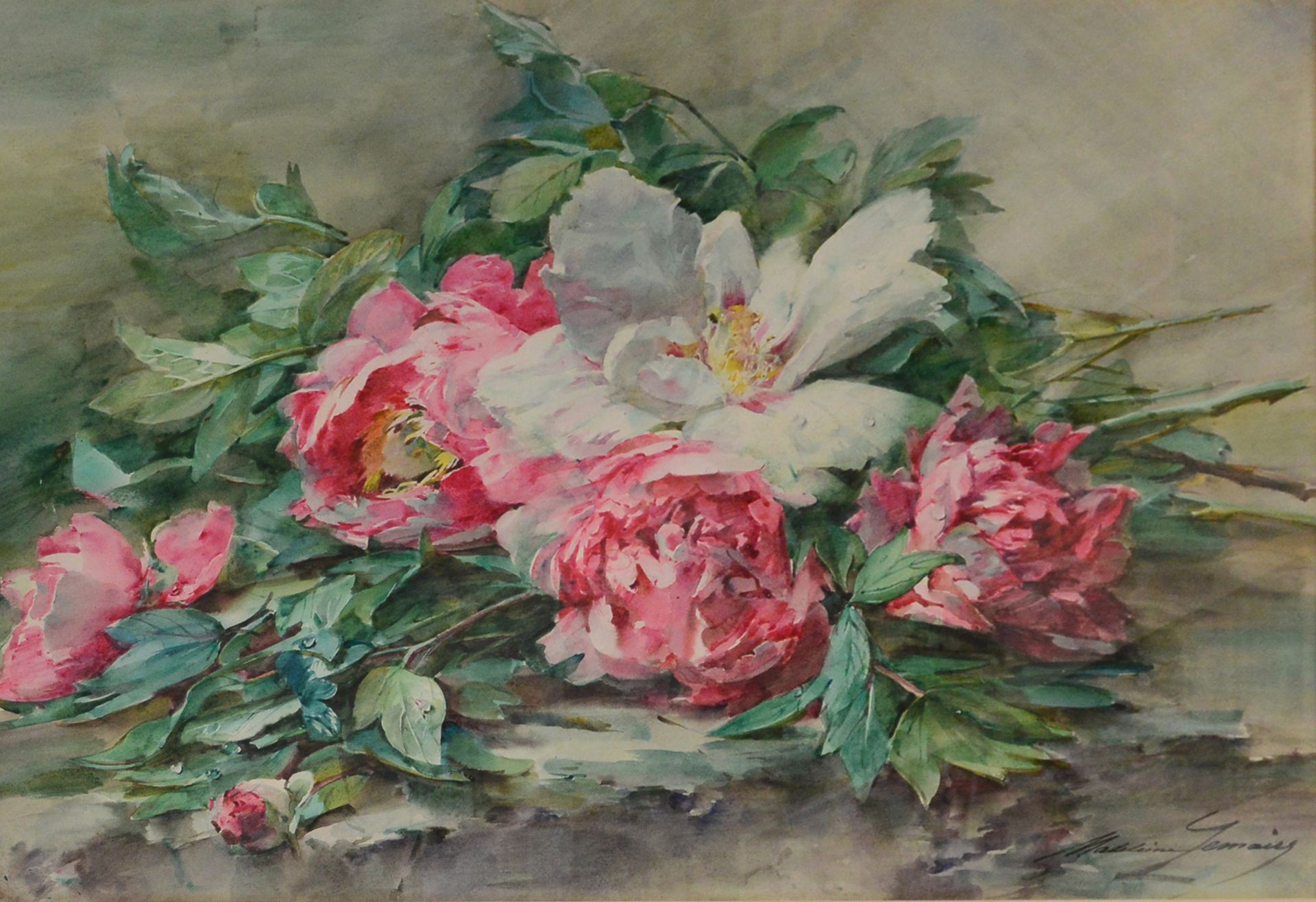The latest exhibition from Museum Services in the Tower Foyer Gallery has been designed to tie into both Dundee Science Festival in February and Dundee Women’s Festival in March. Entitled Uncertain Territories, it features work by women scientists and artists from Dundee and beyond who have explored the natural world in different (though sometimes connected) ways.
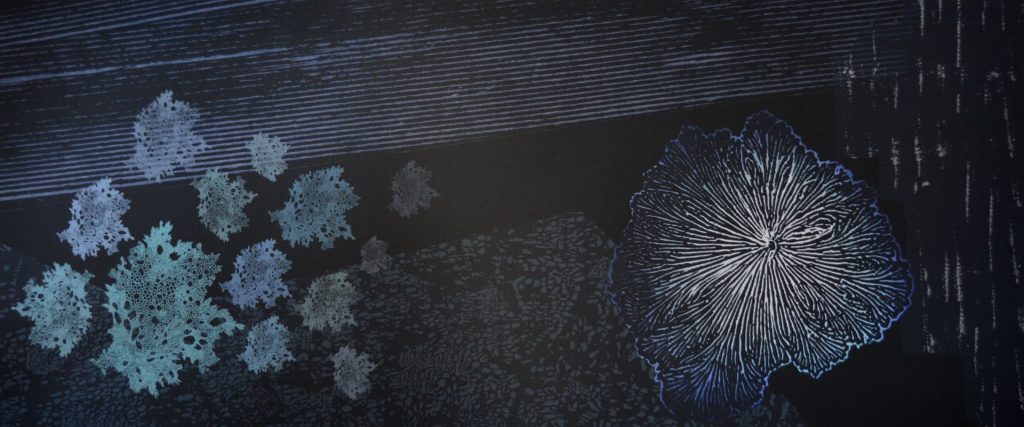
When University College Dundee was established in 1881 thanks to an endowment by Mary Ann Baxter, one of its founding principles was that male and female students could study here on equal terms. In practice this was not always realised – women were then unable to gain the same degree qualifications as men and often faced prejudice from male students.
While many scientific professions were male-dominated well into the 20th century, women were able to make their mark in the natural sciences, perhaps because of the long tradition of amateur female botanists. Dundee employed many notable women in its Natural History (later Biological Sciences) department, including Doris Mackinnon (1883-1956), who arrived in 1909 as assistant to D’Arcy Thompson. She became an expert on protozoa (single-celled organisms that are often parasites), gaining her doctorate in this area in 1914. Her research included work on malaria and other insect-borne diseases. Some of her microscope slides relating to these areas are included in the exhibition. In 1917 she succeeded D’Arcy as head of the Natural History department in Dundee and two years later moved to King’s College London, becoming its first female professor in 1927.
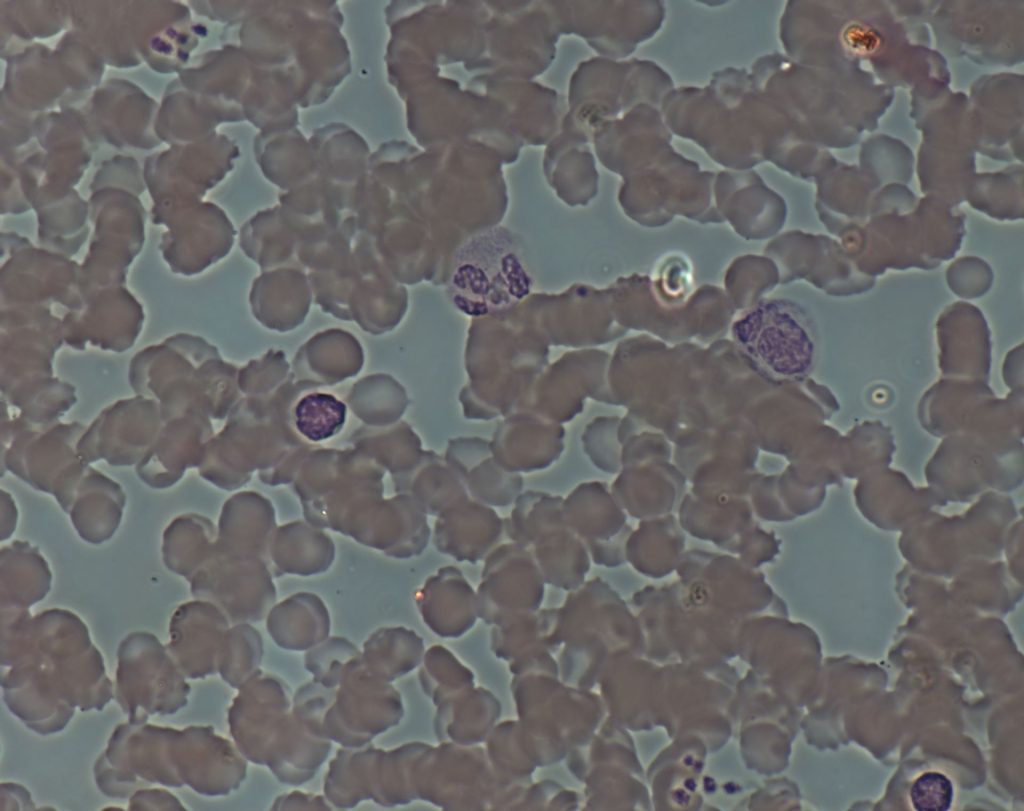
Less well-known but also pioneering was Ann Sanderson (1906-2003). She grew up in Tealing and studied Zoology at University College Dundee, graduating in 1928 and completing a PhD on saw-flies in 1933. The following year she won a Carnegie teaching fellowship, allowing her to spend half her time on research into insect cell development, for which she became highly renowned. She retired in 1971 and the School of Life Sciences still awards a student prize in her name.
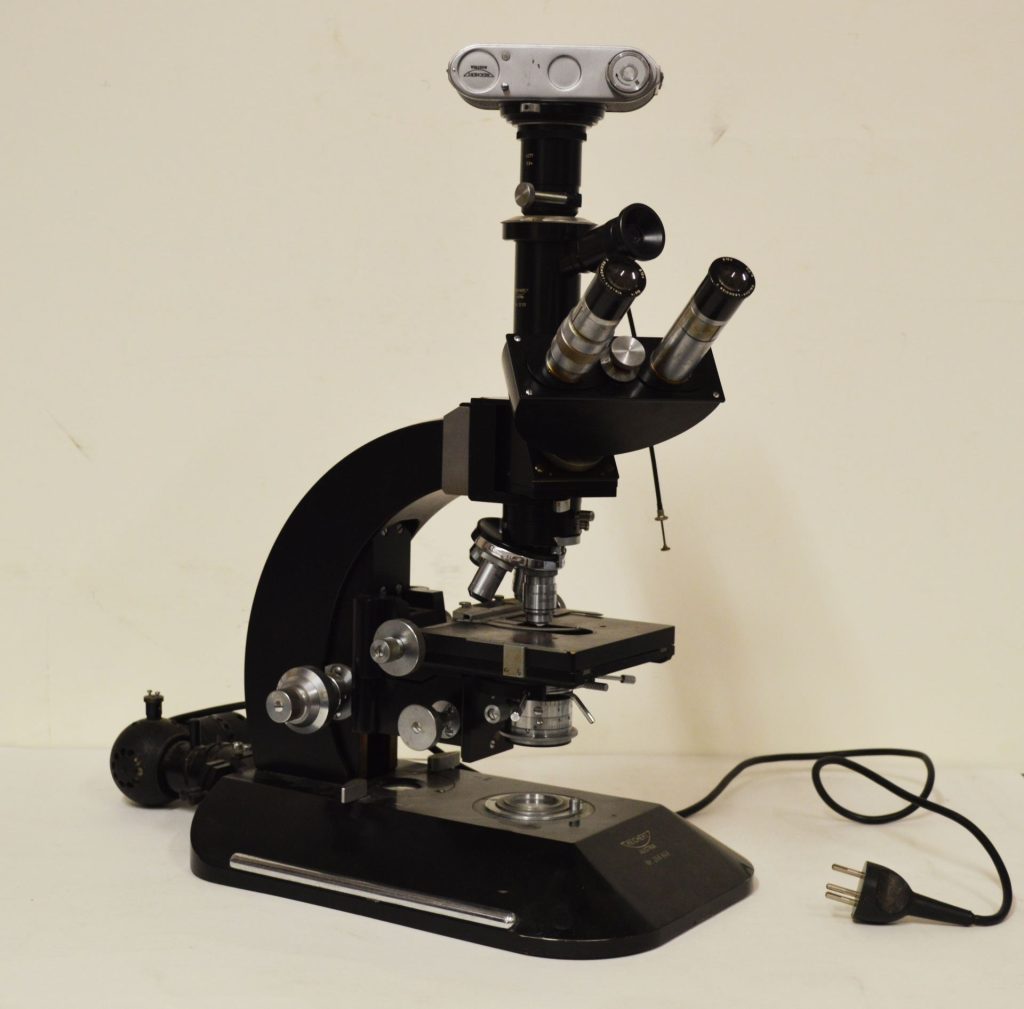
In art also, flower studies and other scenes of nature were considered acceptable subjects by an artistic establishment that was controlled by men. One of the most successful examples in the 19th century was Madeleine Lemaire (1845-1928), a fashionable French painter whose Paris salon was visited by the high society of the day. Flower paintings were one of her specialisms, earning her the nickname ‘The Empress of the Roses’.
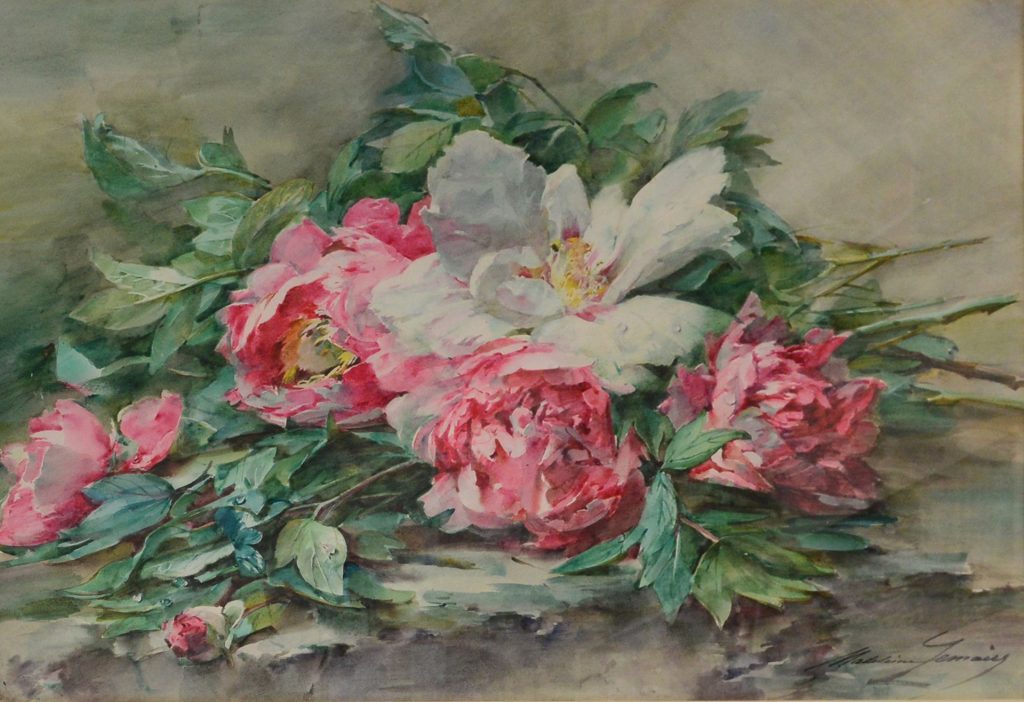
Many contemporary artists and designers use their work to highlight the current climate crisis. Several examples are included in the exhibition including the work of former Jewellery & Metal Design student Chloe Lewis. Her jewellery sought to highlight the effects of global warming in the Arctic, using drop water casting at different temperatures to create wearable art.
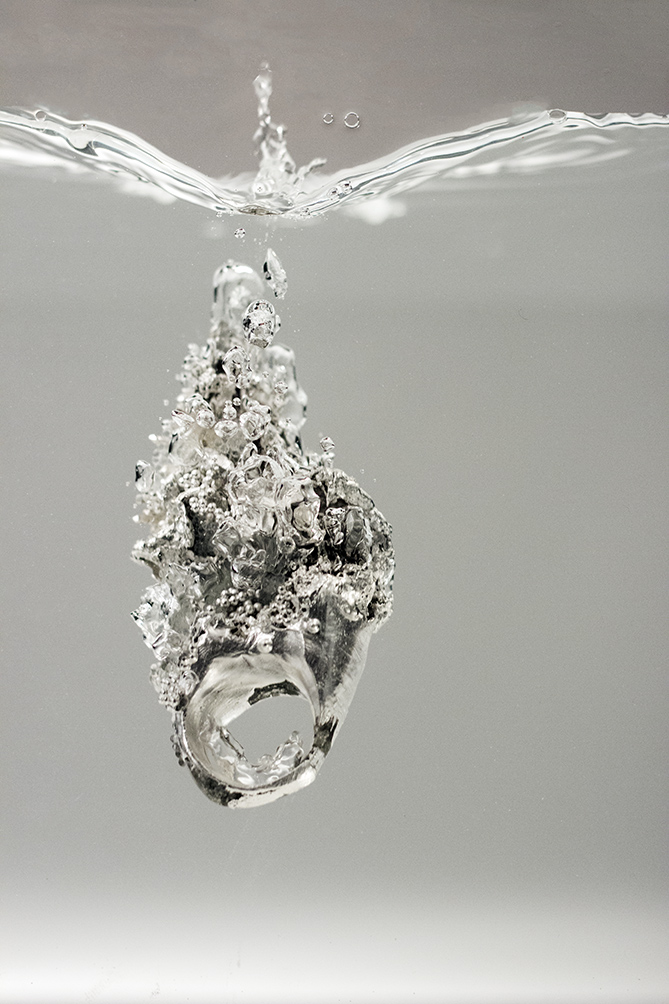
There are many other fascinating objects and artworks to see in the exhibition, which is on show until 1 April. Visit Uncertain Territories – Women and Nature | University of Dundee to find out more!
By Matthew Jarron, Museum Curator
